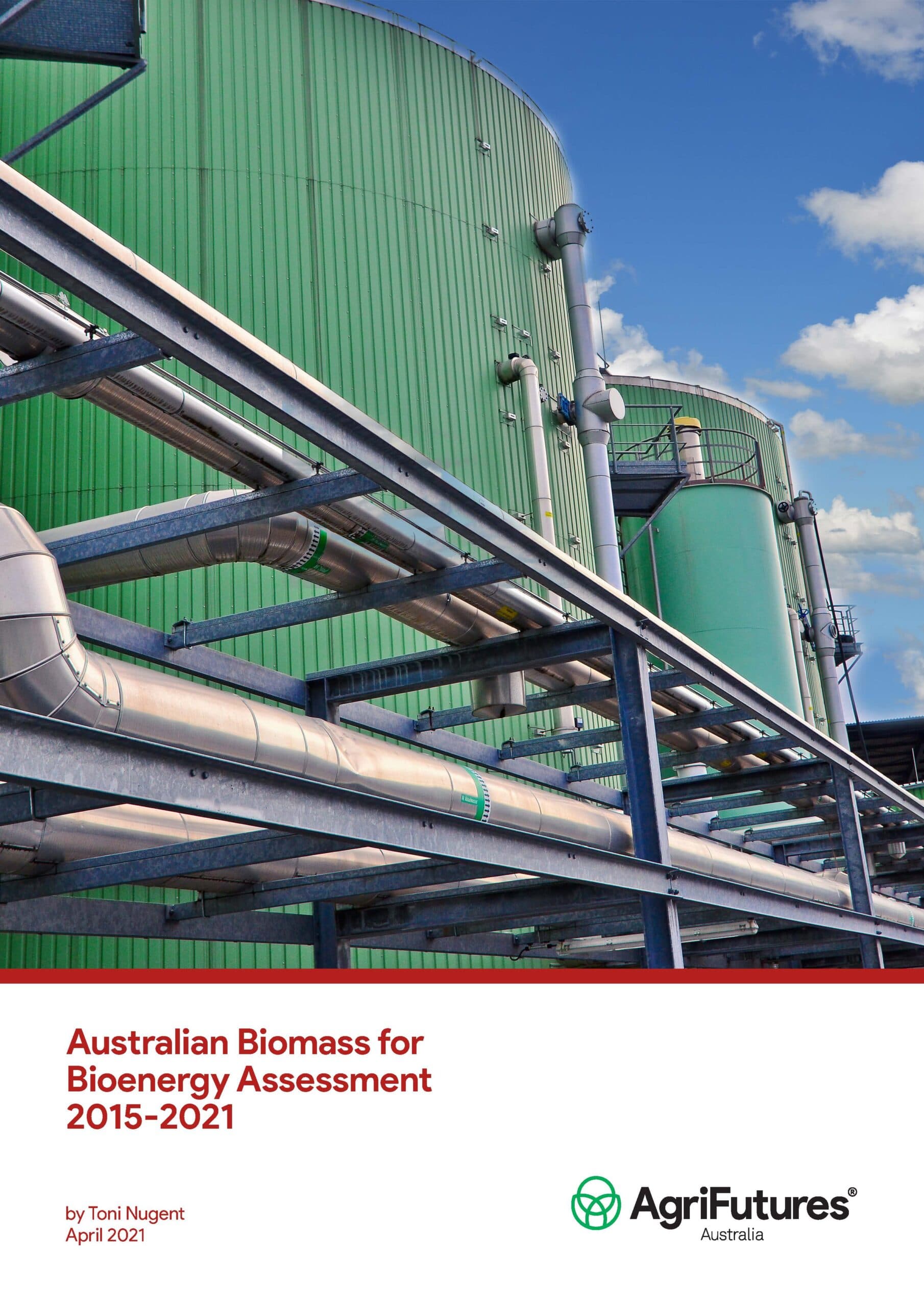The purpose of the Australian Biomass for Bioenergy Assessment (ABBA) (https://arena.gov.au/projects/australian-biomass-for-bioenergy-assessment-project/) project was to catalyse investment in the renewable energy sector through the provision of detailed information about biomass resources across Australia. The information has been and continues to be used to assist in project development and decision making for new bioenergy projects, and provides links between biomass resources, through the supply chain to the end user.
A consortium of state government departments and two university partners, led and coordinated by AgriFutures Australia, undertook the $6.55 million project. The project was funded by the Australian Renewable Energy Agency (ARENA), the New South Wales, Queensland, South Australia, Tasmanian, Victorian and Western Australian state governments, and two university partners, the Queensland University of Technology and the University of the Sunshine Coast.
Prior to the ABBA there was little data publicly available to support the development of bioenergy industries in Australia. Biomass resource mapping had been undertaken at a regional scale, but the mapping was incomplete, with large areas across Australia never having been mapped. The data was stored in locations across state departments and was not easily accessible.
The ABBA project collected and collated new data regarding feedstock location and availability, and amalgamated the data in one place, on the Australian Renewable Energy Mapping Infrastructure (AREMI) platform (https://arena.gov.au/projects/aremi-project/), which has been transitioned to the National Map website (https://nationalmap.gov.au/), allowing efficient access to the data. The information was developed in conjunction with industry input and feedback to ensure data quality.
The geospatial data is available to renewable energy project developers, policy makers, and others, and provides a multi-faceted dataset that complements existing related information, such as energy infrastructure, power utilities, population data and land use data.





